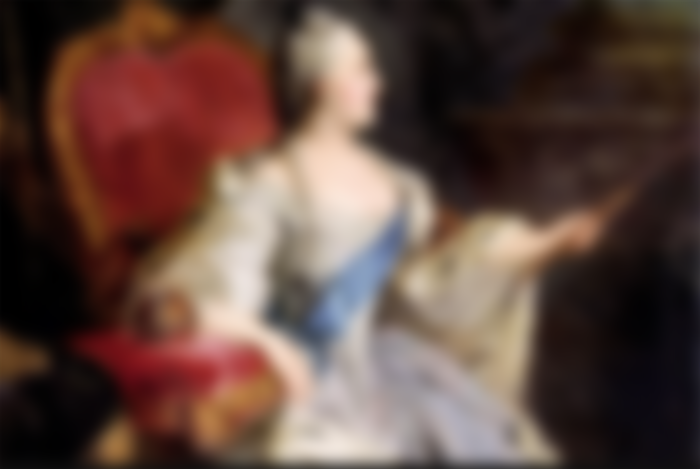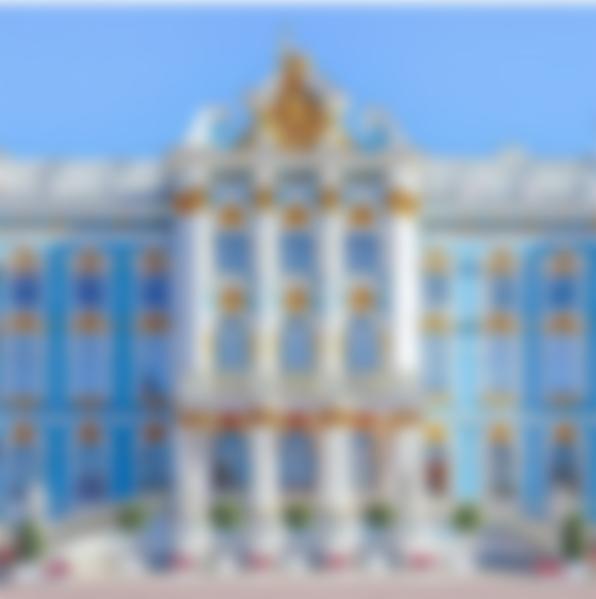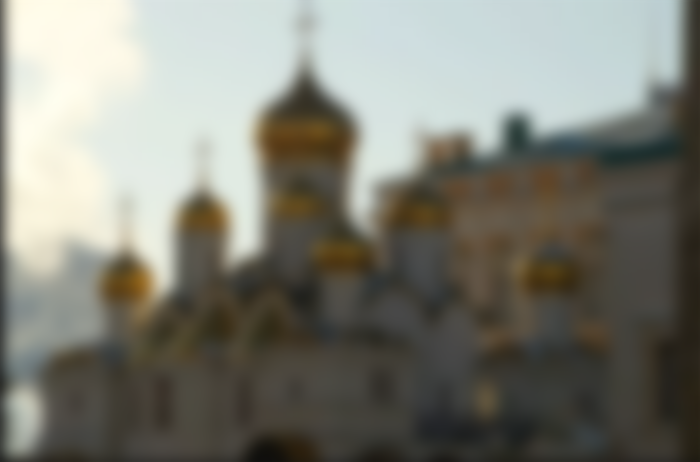
Catherine the Great is considered one of the most interesting rulers of the 18th century. The woman who was the empress of Russia for more than 30 years, managed to pull Russia out of the dark Middle Ages and make it the most powerful country in the world. Due to the revival of the country, the Russians called Katarina "mother of the homeland".
It is interesting that Katarina did not have a drop of Russian blood. She was born in 1729 as Sophia August Frederik von Anhalt-Cerbst in Szczecin in present-day Poland and enjoyed excellent prospects for marriage thanks to her mother's good bloodline. When she was only 15 years old, she received an invitation from the Russian Empress Elizabeth I Petrovna, who took over the Russian throne only three years earlier. Unmarried and without children, Jelisaveta chose her nephew Petra to be her heir and decided to find him a bride. The young Prussian princess, well trained by her ambitious mother, left a positive impression on Empress Elizabeth, and the wedding ceremony was held on August 21, 1745, after the bride accepted Orthodoxy and was named Catherine.
Jelisaveta Petrovna died in January 1762, and Peter III and Catherine came to the throne as his wife. In order to leave his mark, Peter soon ended the war between Russia and Prussia, returning to this country the previously conquered territories, which was very unpopular among the Russian army. The reform program aggravated the otherwise difficult position of the serfs, and all that affected Katarina, who was afraid of Peter's further plans. As the tension grew, so did the plans for Peter's overthrow. After the conspiracy was discovered in July 1762, Katarina acted quickly and, with the support of the most powerful military regiment, organized the arrest of her husband.Only six months after he became tsar, Peter abdicated, and Catherine was proclaimed the only ruler of Russia. Shortly after his arrest, Peter III was killed in prison.
Her reign is considered the "golden age" of the Russian Empire.
Today I am taking you on a short "journey" through the favorite palaces of this Russian empress.
Peterhof Palace

This large palace by the sea, near St. Petersburg, was commissioned by Peter the Great, the father of Elizabeth Petrovna. Peter was impressed by Versailles, the lavish home of the French "king of the sun", Louis XIV. Named "Russian Versailles", this place, which is on the UNESCO list, was designed in the Baroque style by architect Domenico Trezzini. Catherine the Great loved to stay in Peterhof. Here, she allegedly met the famous military leader Grigory Potemkin, who soon after became her lover.
Winter Castle

Catherine the Great was a great lover and patron of art. She founded the Hermitage Museum in St. Petersburg, when in 1764 she acquired an impressive art collection of the Berlin merchant Johann Ernst Gotzkowski. Expanded over the years, the collection now contains about three million items. Precisely because of this collection, the Hermitage Museum is considered one of the best museums in the world. In the center of the complex is the Winter Palace - the official residence of Russian tsars from 1732 to 1917, when the monarchy was abolished in the Bolshevik revolution. Catherine died in this very palace, in 1796.
Apple has published a video from the Hermitage Museum in St. Petersburg, which lasts for almost five and a half hours.
All art lovers who are not able to travel are able to enjoy a virtual walk like this.
During this kind of tour of the Hermitage, you can see the luxurious rooms of the former imperial palace, as well as the corridors with works of art at every step.
There are as many as 43 galleries with works by old masters such as Rembrandt, Caravaggio, Raphael and Rubens, several dance points in the great halls of this building and, finally, a concert by the ensemble of Russian composer Kirill Richter.
Catherine's Palace

This Rococo palace in Pushkin, 30 km south of St. Petersburg, was built for another Catherine - the second wife of Peter the Great and became a summer residence for other Russian kings and emperors, including Catherine the Great. Behind its blue, white and gold exterior, you will find sumptuous rooms and chambers with crystal chandeliers, mirrors and prestigious paintings. The most interesting is the Amber Room, which was looted by Nazi troops during World War II, but was later renovated by Russian masters.
The Kremlin

The seat of power of ancient and today's Russia, the famous Moscow fortified citadel has countless connections with past emperors and empresses, including Catherine the Great. Her solemn coronation was held in the white stone Cathedral of the Assumption with golden domes in the Kremlin. The royal crown decorated with a diamond, which she wore at the coronation, is now on display at the Museum of Weapons, one of several places that attract visitors to the Kremlin.





I have a wonderful book about the life of Catherine the Great by Henri Troy that I have read several times.